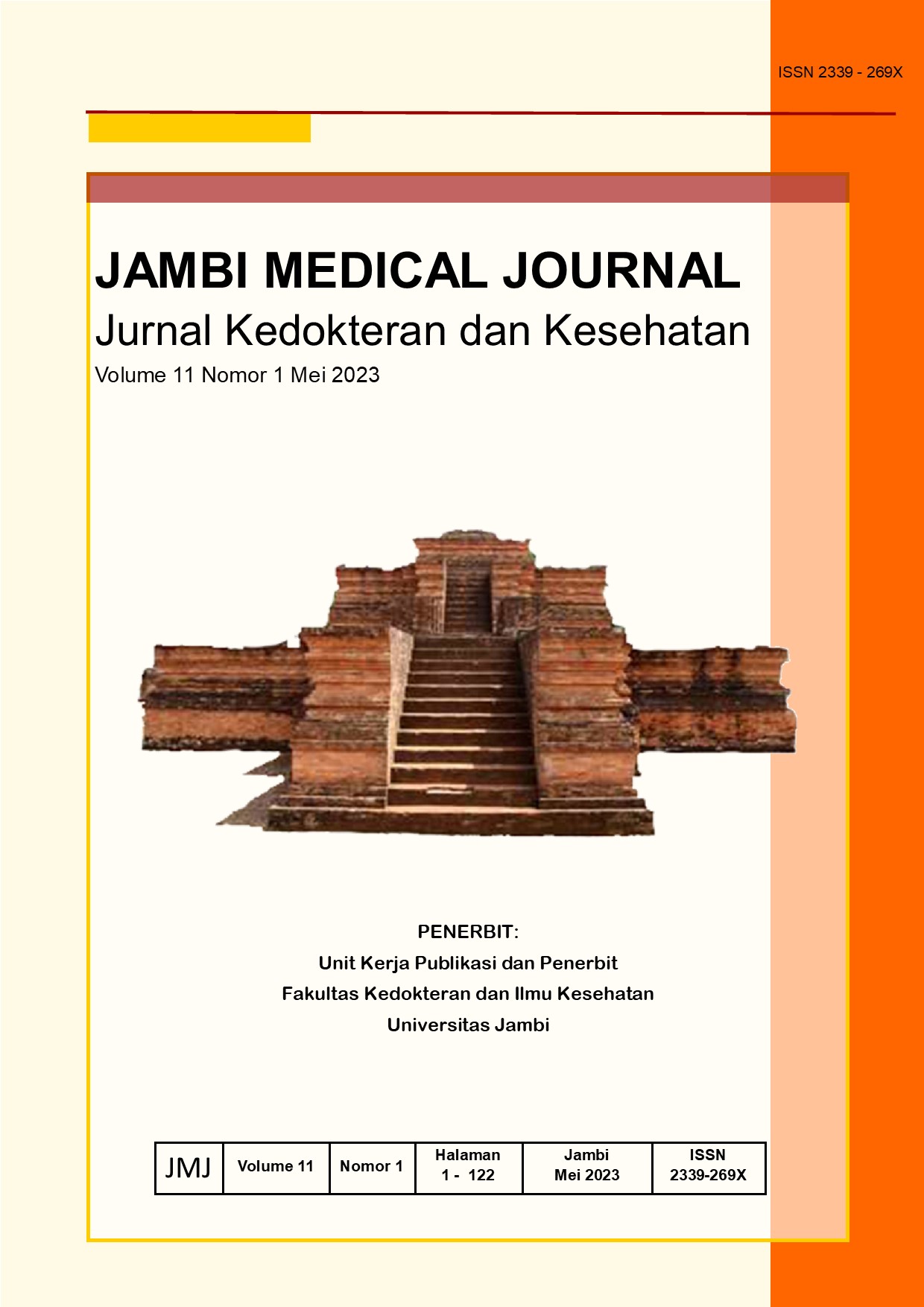EVALUASI SURVIVIN DAN MAMMALIAN TARGET OF RAPAMYCIN COMPLEX-1 SERTA KORELASINYA PADA AKNE VULGARIS
DOI:
https://doi.org/10.22437/jmj.v11i1.21121Abstract
Background: Survivin is a member of the apoptosis inhibitory protein family, a protein molecule important for the regulation of mitosis and inhibition of apoptosis and also plays a role in certain physiological processes and pathological conditions such as carcinogenesis in human cells/organs. Several studies have shown that survivin plays a role in the pathogenesis of acne vulgaris and post-inflammatory acne scarring. Mammalian target of rapamycin complex-1 (mTORC1) is a regulator of cell growth, proliferation and metabolic homeostasis, and mTORC1 signaling regulates survivin via the kinase pathway.
Objectives: This study aimed to assess the correlation of survivin levels with mTORC1 and the severity of acne vulgaris.
Methods: This research was a cross-sectional study. Venous blood samples of mild, moderate, and severe AV patients were 20 people each, ELISA examination was performed.
Result: The results showed that serum levels of survivin and mTORC1 had a correlation with the severity of AV (p<0.05), while the correlation between survivin and mTORC1 was not significant (p>0.05).
Conclussion: This study proves that increased survivin and mTORC1 are associated with increased severity of acne vulgaris, but the relationship between survivin and mTORC1 needs further investigation.
Key words: survivin, mammalian target of rapamycin complex-1, akne vulgaris











